Solutions
Products
-
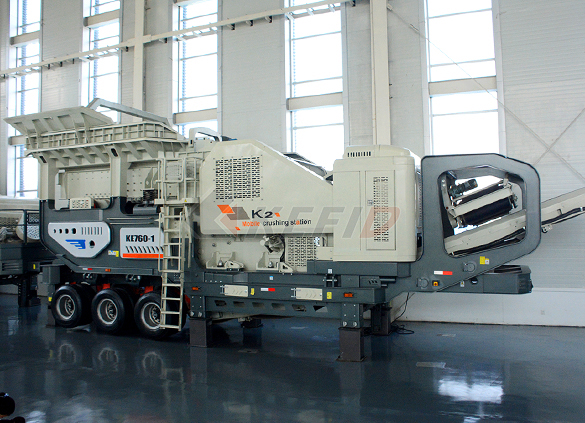
Primary mobile crushing plant
-
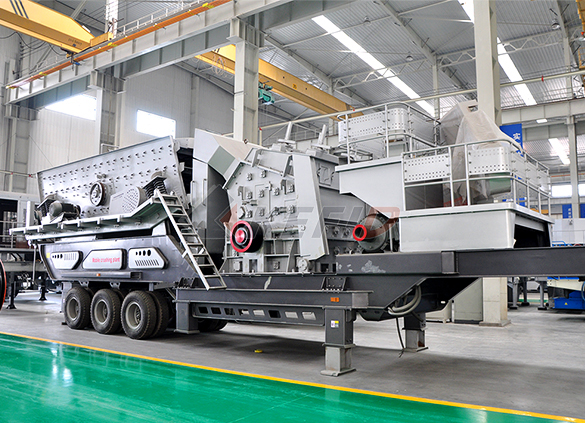
Independent operating combined mobile crushing station
-
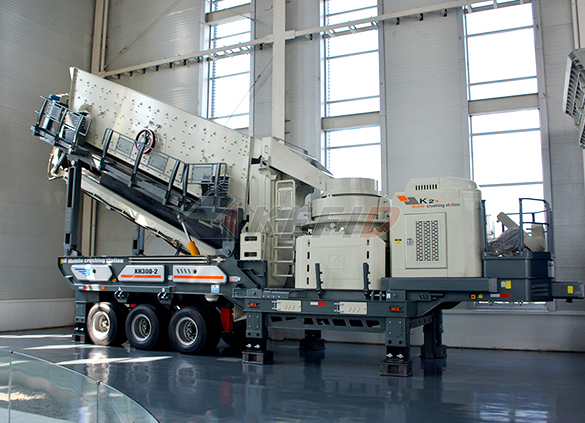
Mobile secondary crushing plant
-
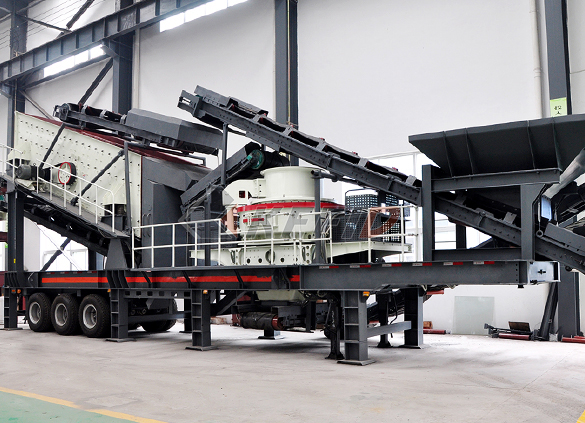
Fine crushing and screening mobile station
-
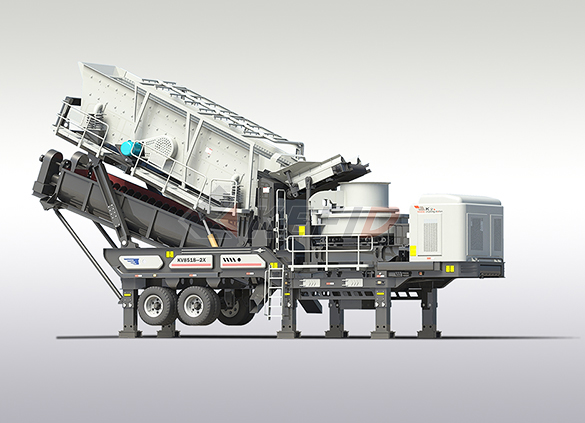
Fine crushing & washing mobile station
-
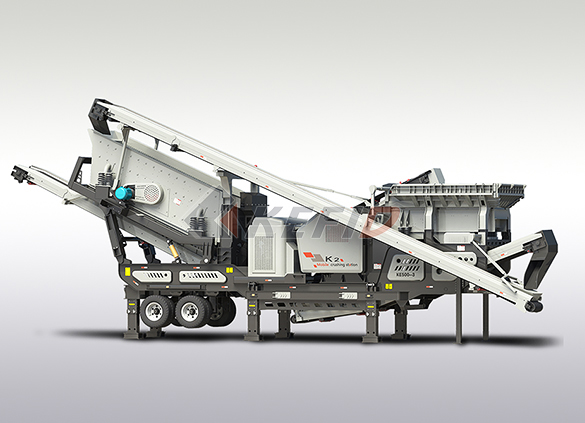
Three combinations mobile crushing plant
-
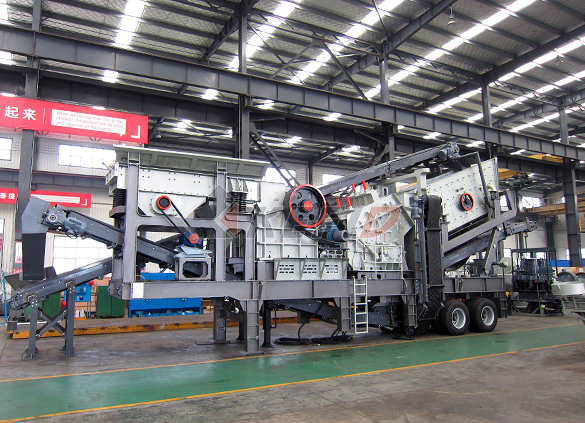
Four combinations mobile crushing plant
-
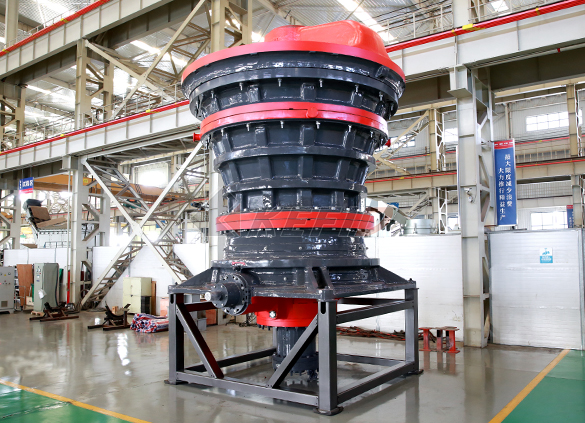
HGT gyratory crusher
-
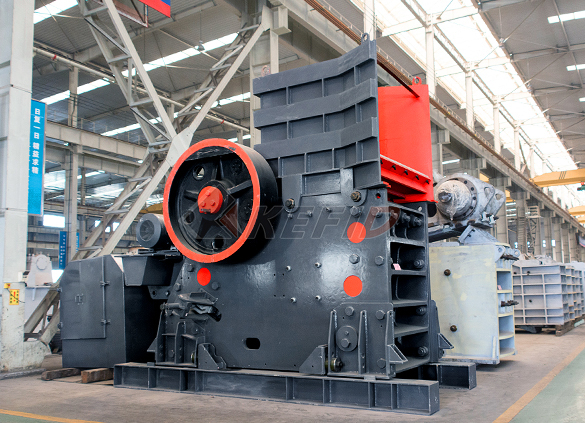
C6X series jaw crusher
-
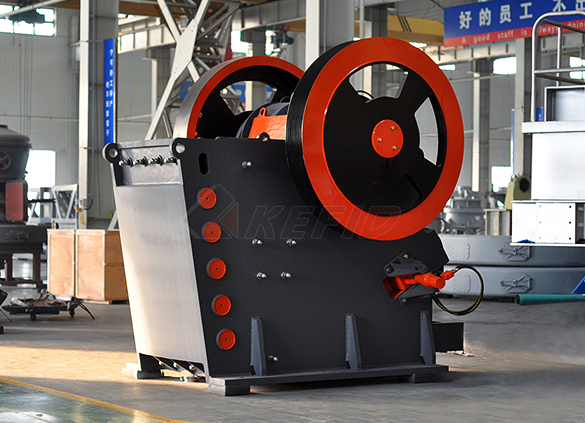
JC series jaw crusher
-
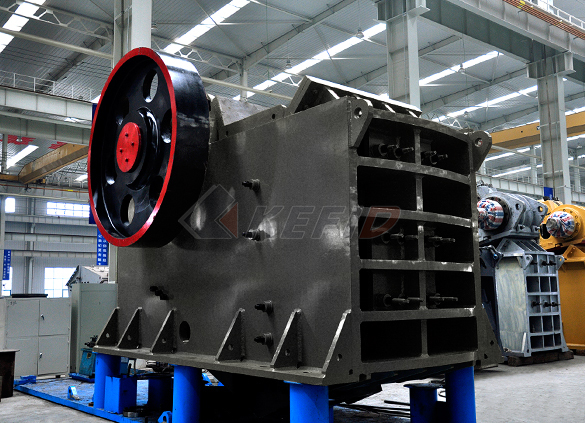
Jaw crusher
-
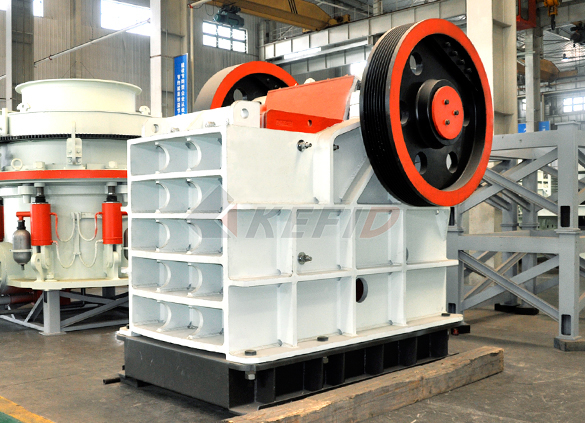
HJ series jaw crusher
-
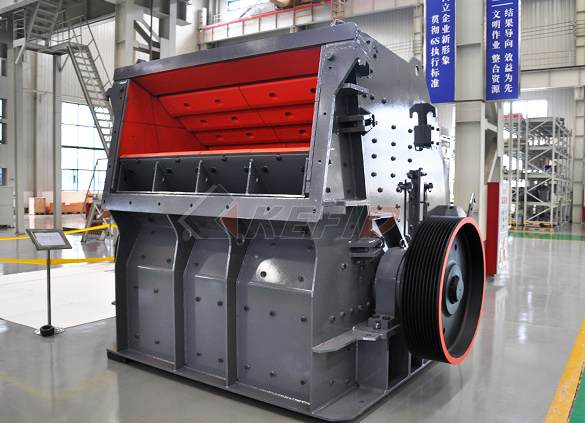
CI5X series impact crusher
-
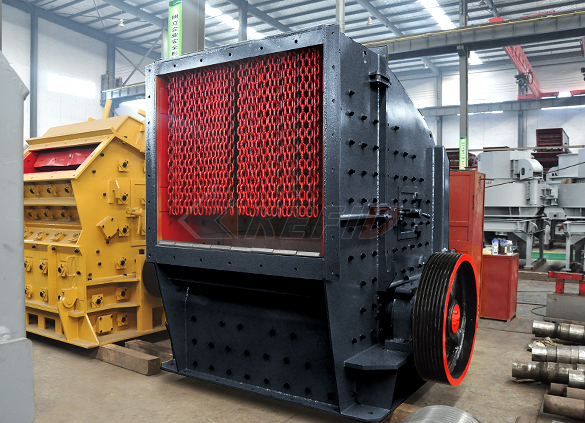
Primary impact crusher
-
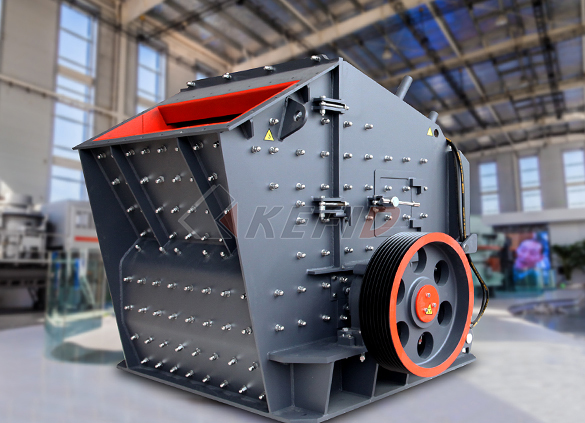
Secondary impact crusher
-
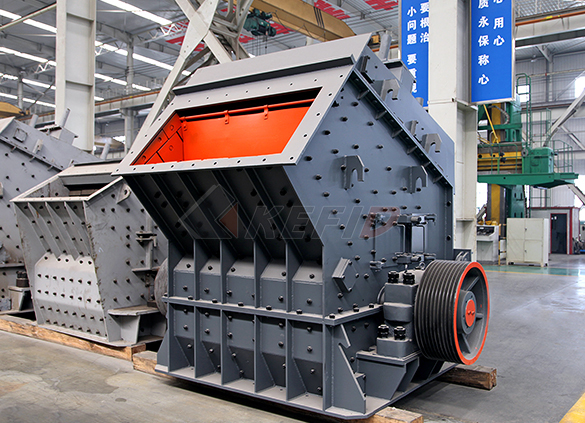
Impact crusher
-
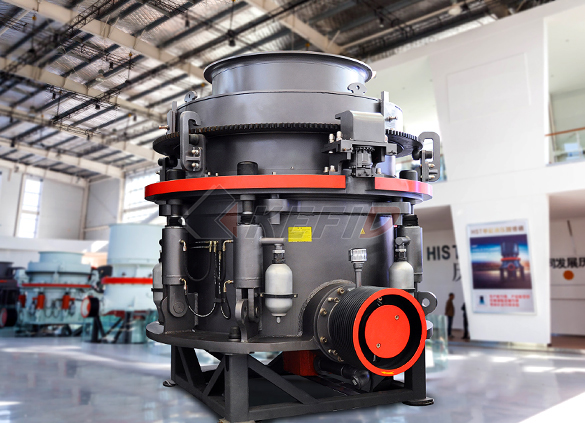
HPT series hydraulic cone crusher
-
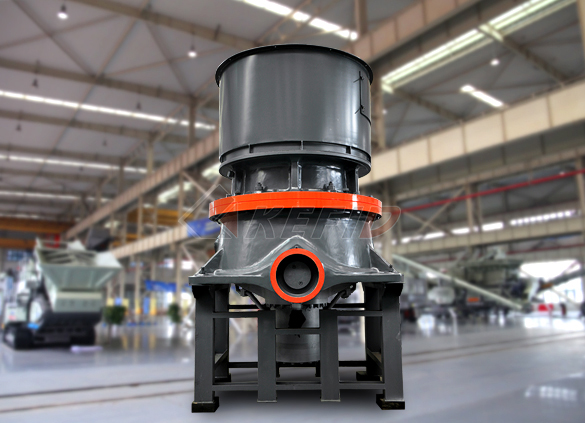
HST hydraulic cone crusher
-
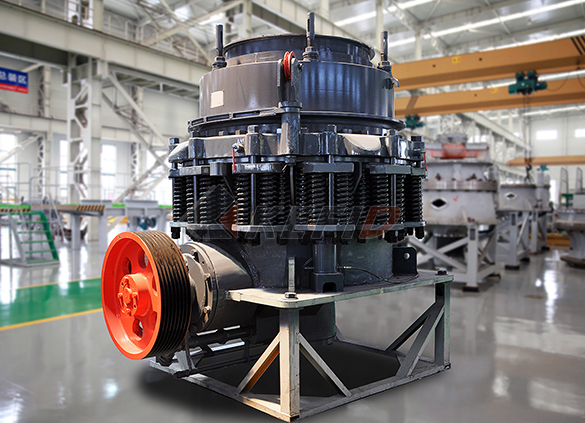
CS cone crusher
-
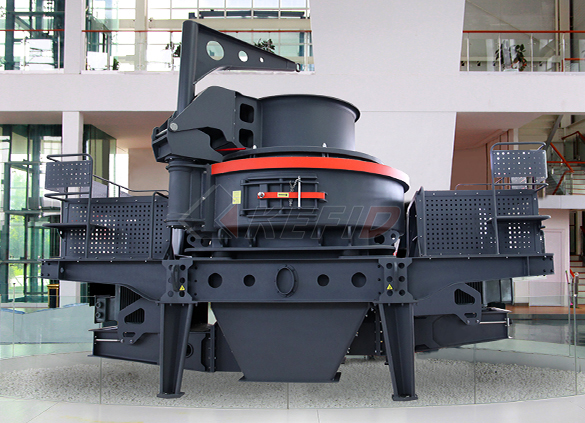
VSI6S vertical shaft impact crusher
-
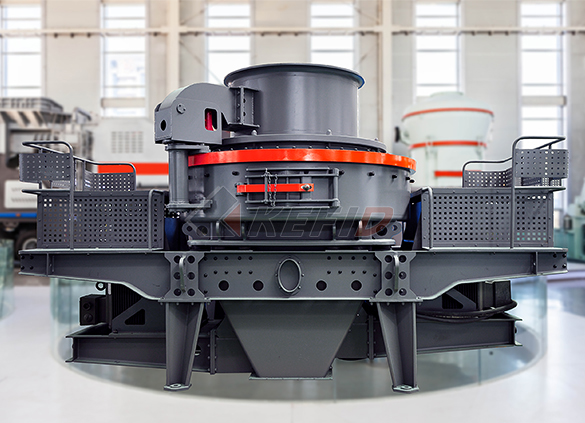
Deep rotor vsi crusher
-
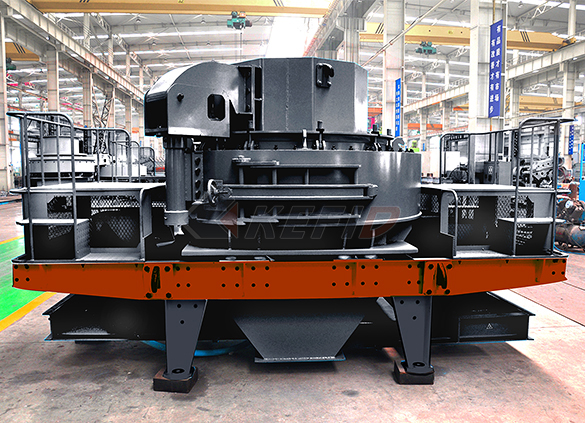
B series vsi crusher
-
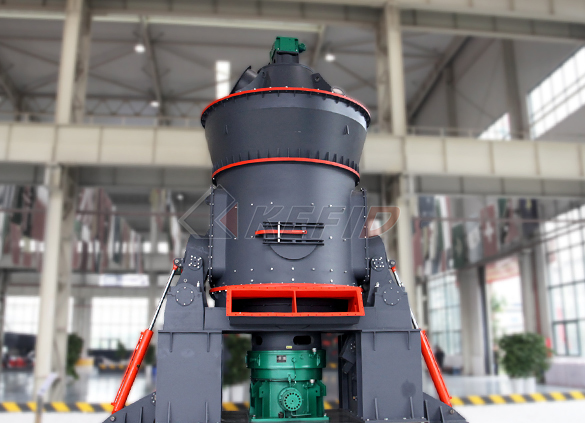
Vertical grinding mill
-
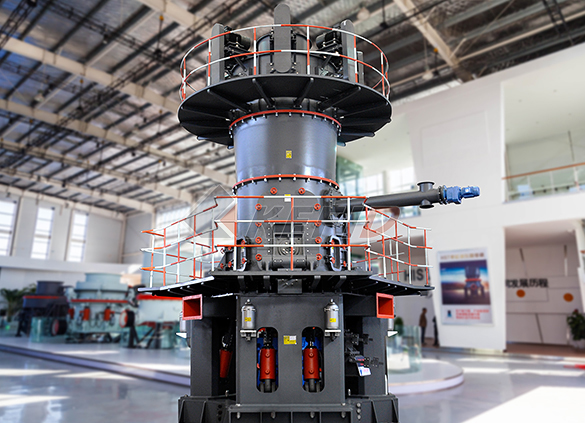
Ultra fine vertical grinding mill
-
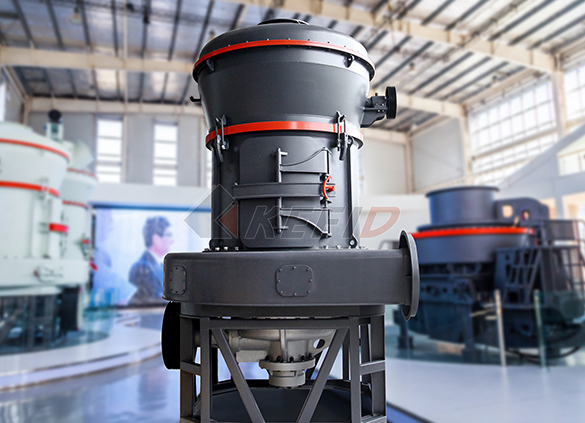
MTW european grinding mill
-
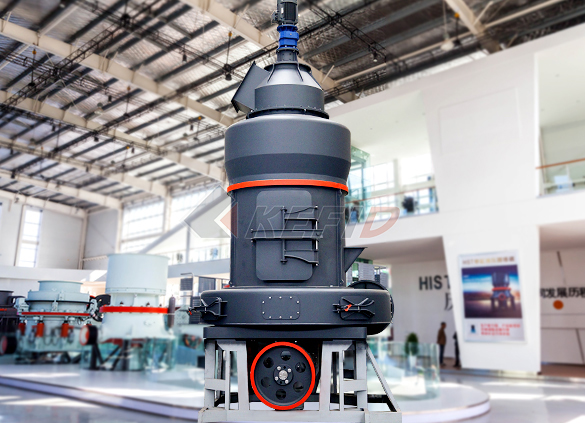
MB5X158 pendulum suspension grinding mill
-
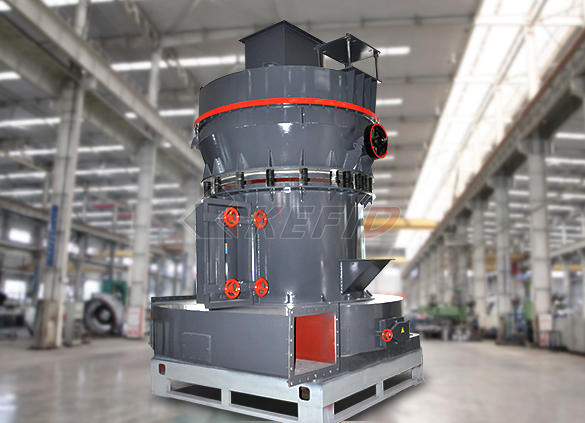
Trapezium mill
-
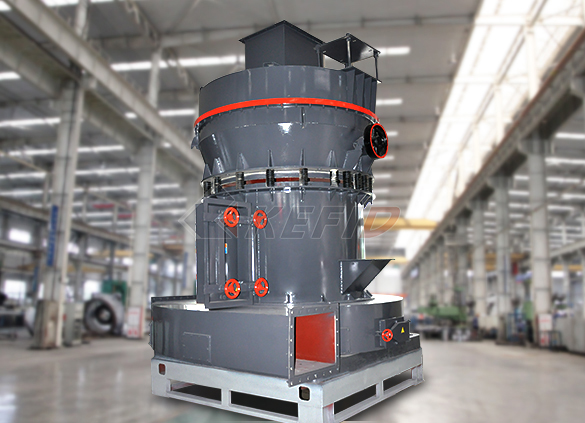
T130X super-fine grinding mill
-
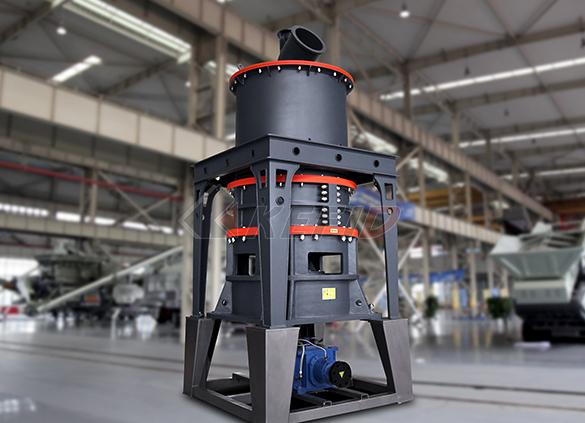
Micro powder mill
-
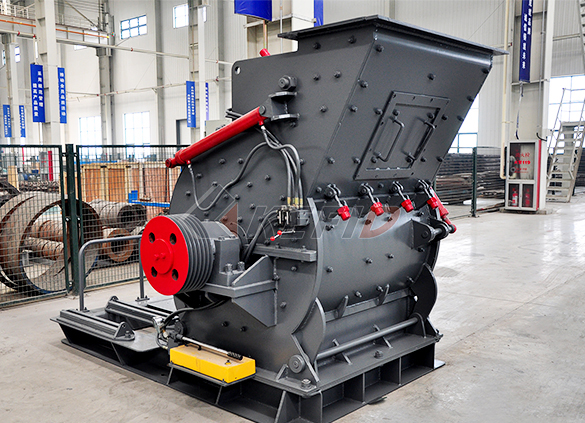
European hammer mill
-
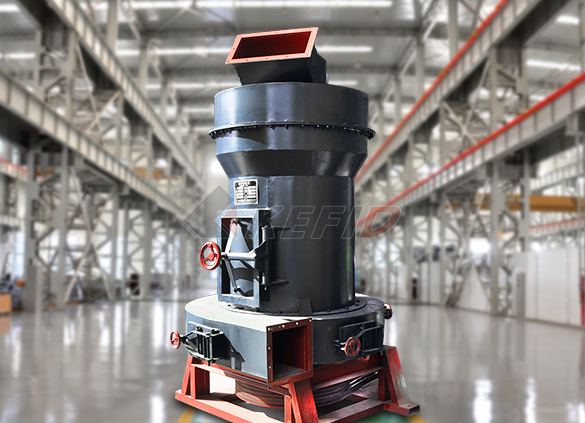
Raymond mill
-

Ball mill
-
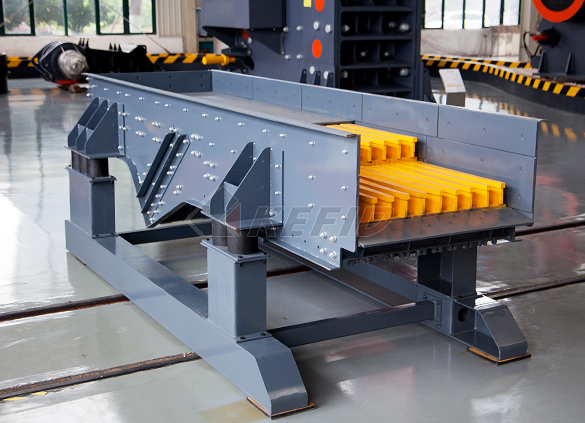
GF series feeder
-
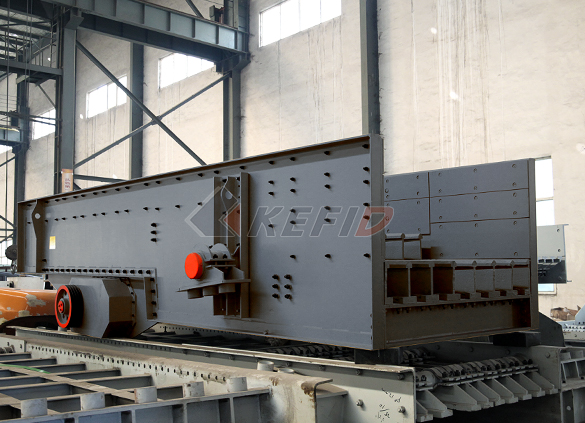
FH heavy vibrating feeder
-
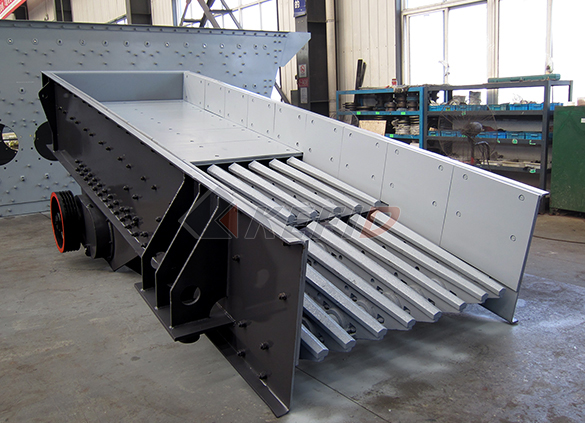
TSW series vibrating feeder
-
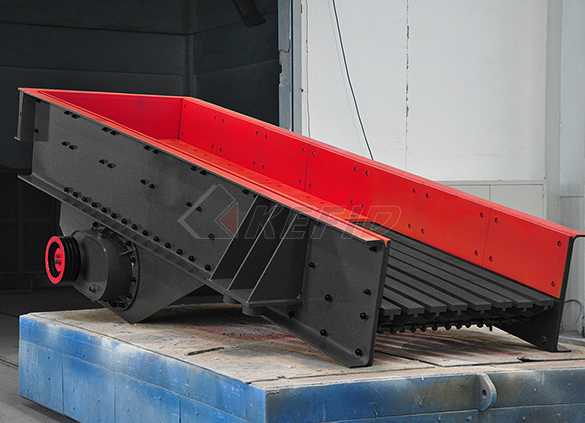
Vibrating feeder
-
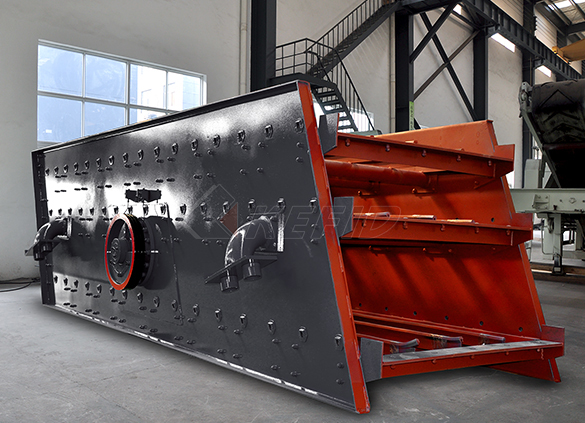
Vibrating screen
-
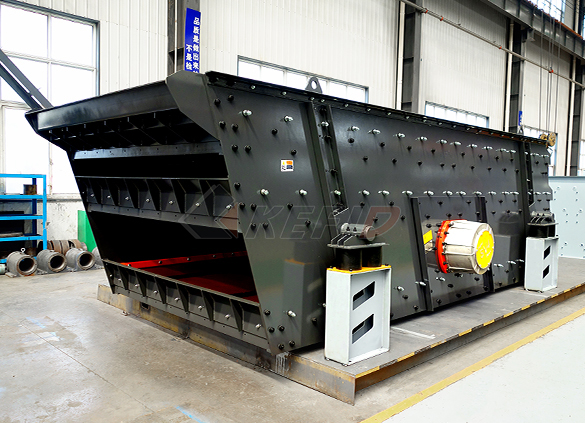
S5X vibrating screen
-

Belt conveyor
-
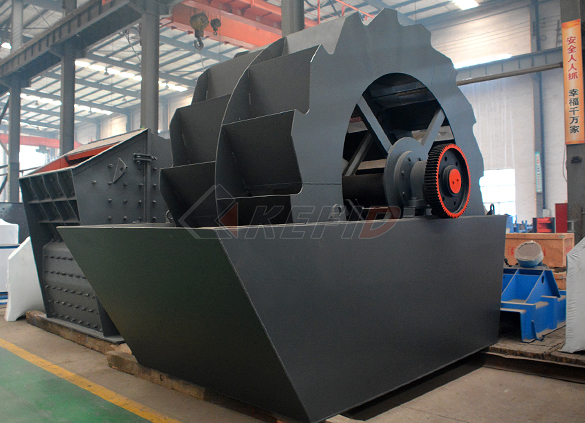
Wheel sand washing machine
-
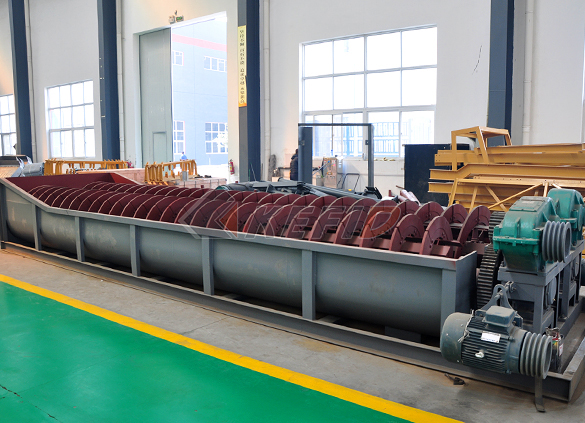
Screw sand washing machine
-
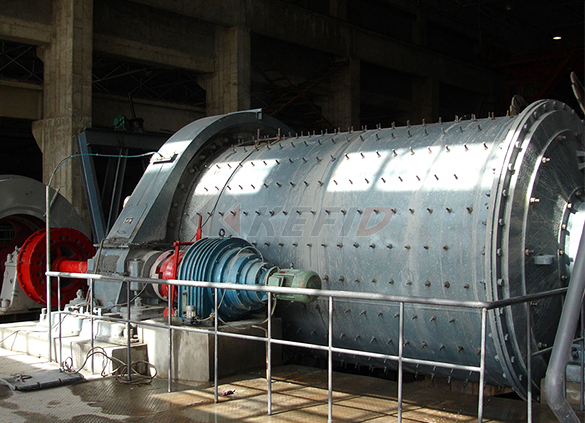
Rod mill
-

Dryer
-
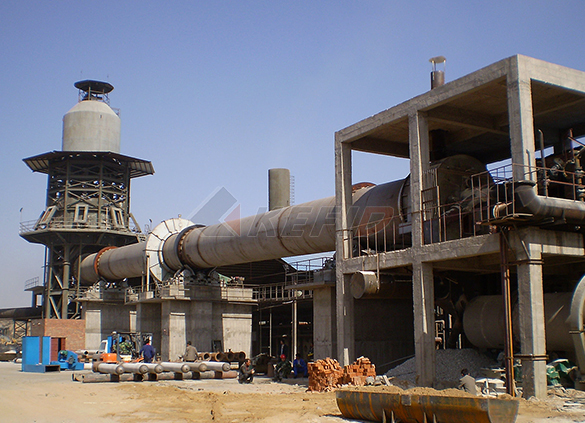
Rotary kiln
-
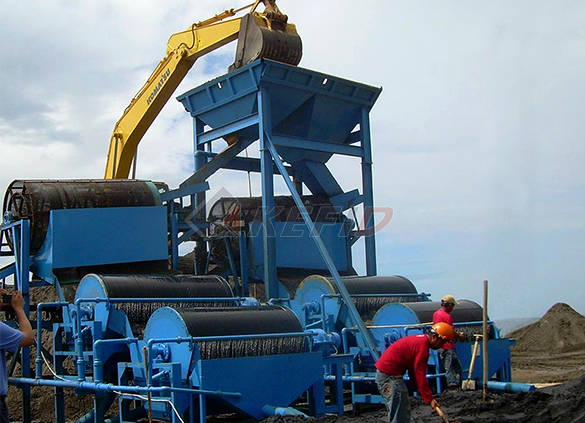
Wet magnetic separator
-
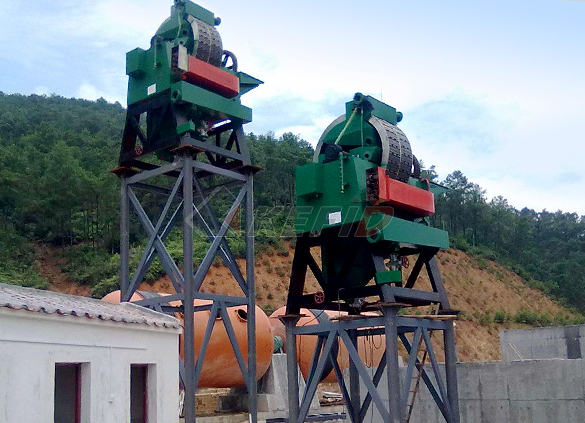
High gradient magnetic separator
-
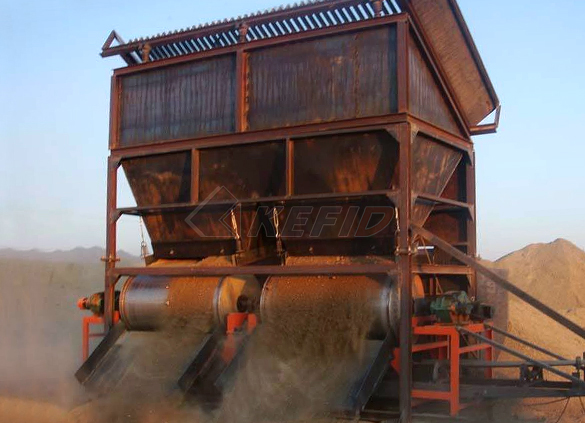
Dry magnetic separator
-
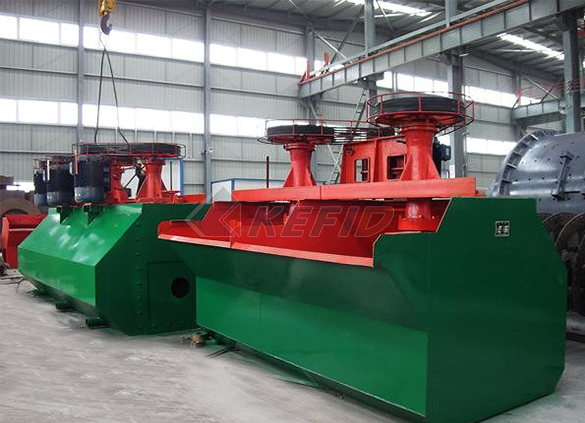
Flotation machine
-
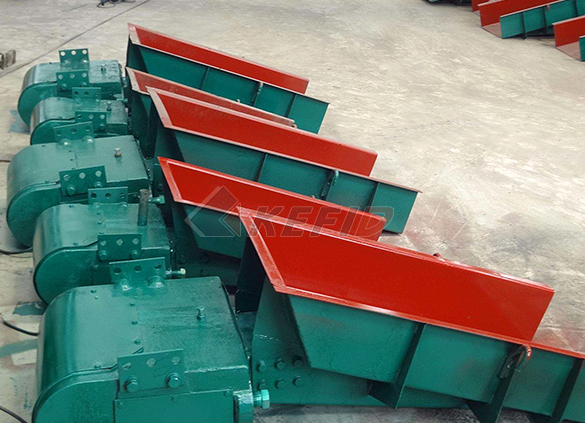
Electromagnetic vibrating feeder
-
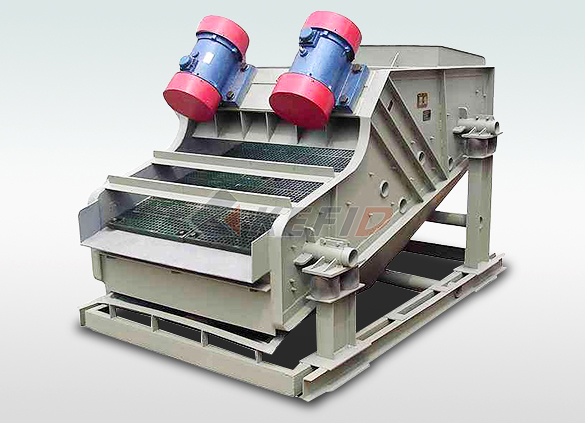
High frequency screen
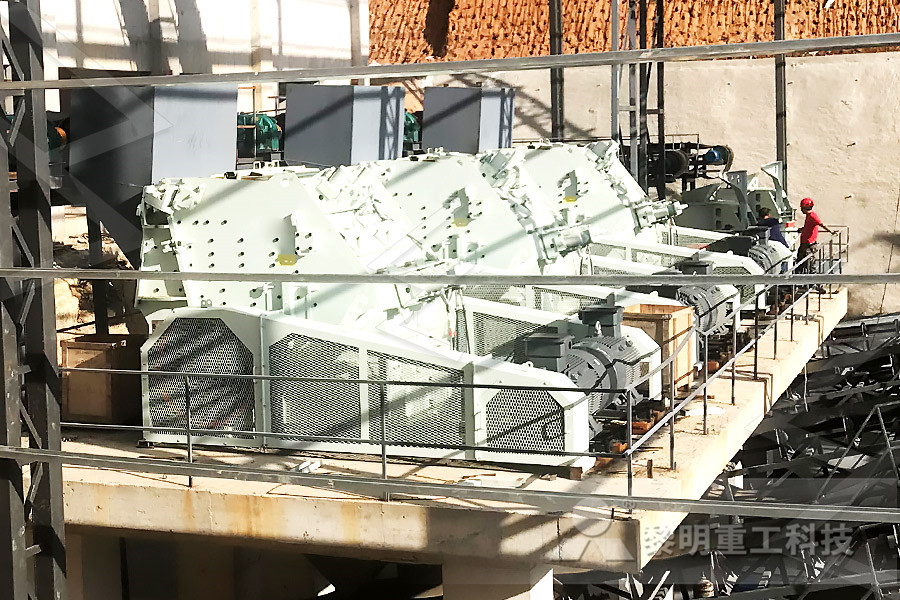
The transformation of clay minerals during sedimentation
Transformation of clay minerals during sedimentation Jerusalem, Israel Program for Scientific Translations; [available from the US Dept of Commerce, Clearinghouse for Federal Scientific and Technical Information, Springfield, Va] 1968Sedimentation of concentrated clays and kaolin has always been difficult and taken long times due to their nature and having small particle sizes Sedimentation behaviours of clay mixtures and(PDF) Sedimentation of Clays Prior to Ceramic ProductionDiagenesis (/ ˌ d aɪ ə ˈ dʒ ɛ n ɪ s ɪ s /) is the process that describes physical and chemical changes in sediments caused by increasing temperature and pressure as they get buried in the Earth's crust In the early stages, this transformation of sediment into sedimentary rock (lithification) is accompanied simply by a reduction in porosity, while its component mineralogy remains Diagenesis WikipediaClay Sedimentology, Prof Zhifei Liu 2020/10/14 School of Ocean and Earth Science, Tongji University 1 Chapter 3 Sedimentation of clay minerals 31 Clay sedimentation on land 32 From land to sea 33 Clay sedimentation in the sea 1 Deserts Glaciers Rivers Lacustrine 31 Clay sedimentation on land 2 1 2Chapter 3 Sedimentation of clay mineralsppt 兼容性模式Jan 01, 1995 Of all the various types of sediment, finegrained sediments with a high proportion of clay minerals are by far the most abundant In the marine environment, terrigenous (PDF) Erosion, Sedimentation and Sedimentary Origin of Clays
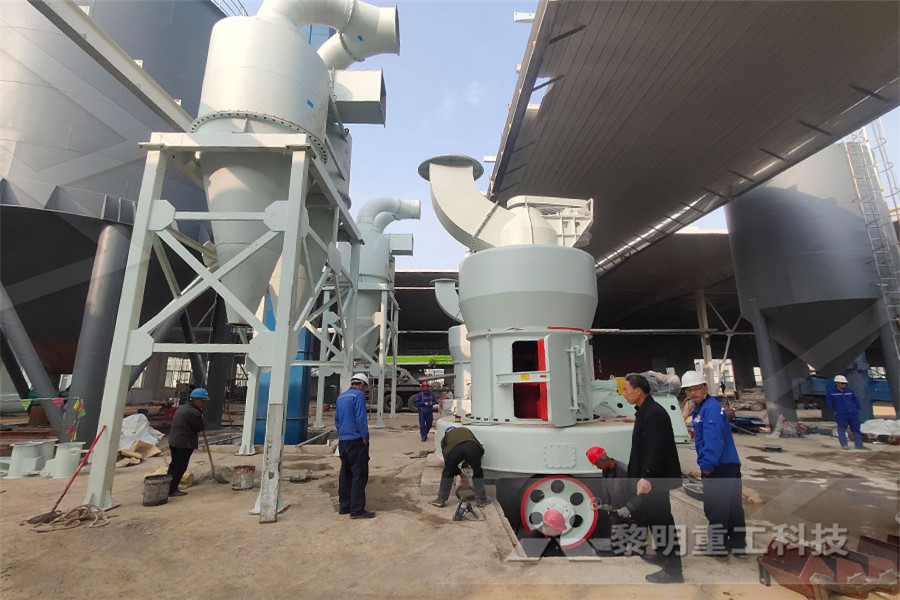
Formation and Transformation of Clay Minerals: the Role of
Konhauser and Urrutia (1999) suggested that the clay minerals crystallization in the presence of bacteria start with the formation of iron rich aggregates, follo wed by a progressive mineralisation that then leads to the partial and complete encrustation of some bacterial cellsDec 16, 2020 Sediment gravity flows demonstrate a wide range of rheological behaviors, and past work has shown how transformations between flow types generate spatiotemporal changes in the resultant sedimentary successions We used the geometrical characteristics of a single climbing ripple to demonstrate how such flows can transform from a turbulent to a gravity flow transformation revealed in a single In fresh water, sedimentation is a slow process with the clay particle concentration gradually decreasing nearly uniformly over hours, consistent with the timescale ex pected for particles falling at the Stokes settling speed The dynamics are dramati cally different for clay setting in salt water with salinities between S =10psu and 70psuClay Settling in Fresh and Salt WaterThe physics of the most common sedimentation process, the settling of solid particles from fluids, has long been known The settling velocity equation formulated in 1851 by GG Stokes is the classic starting point for any discussion of the sedimentation process Stokes showed that the terminal settling velocity of spheres in a fluid was inversely proportional to the fluid’s viscosity and Sedimentation geology BritannicaNov 03, 2011 During the evolution of petroliferous sedimentary basin, the clay minerals contained in the rocks undergo a series of changes in composition and crystal structure in Clay Minerals from the Perspective of Oil and Gas
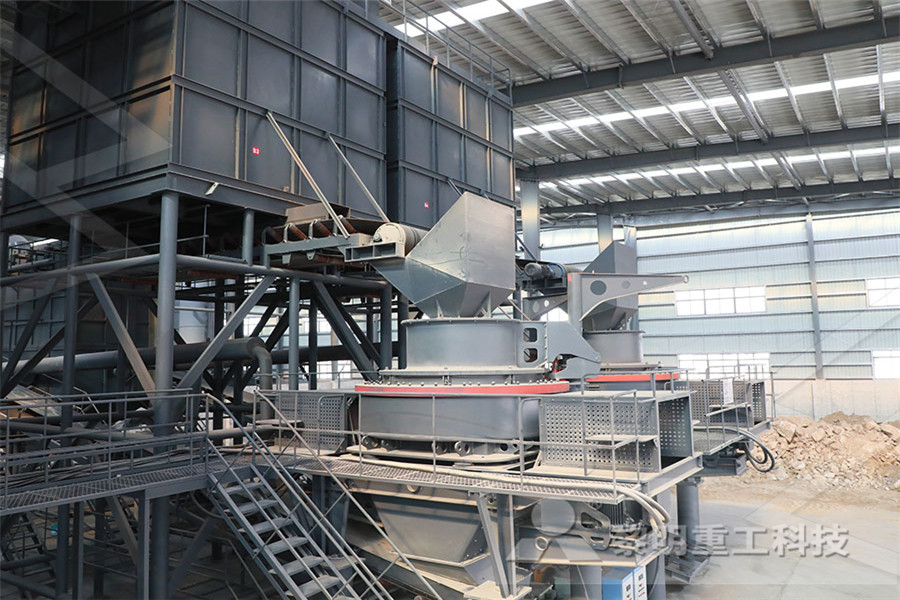
Chapter 3 Sedimentation of clay mineralsppt 兼容性模式
Clay Sedimentology, Prof Zhifei Liu 2020/10/14 School of Ocean and Earth Science, Tongji University 1 Chapter 3 Sedimentation of clay minerals 31 Clay sedimentation on land 32 From land to sea 33 Clay sedimentation in the sea 1 Deserts Glaciers Rivers Lacustrine 31 Clay sedimentation on land 2 1 2Georges Millot’s first and last reviews were, therefore, devoted to clay sedimentation in marine environments where he defined the widely used terms of heritage, transformation and neoformation This underscores the interest and energy that he deployed throughout his scientific life in order to better understand clay mineral sedimentation in Clay Mineral Sedimentation in the Ocean SpringerLinkThe grain size distribution of the sediment samples investigated here ranged in composition from sandy to silty‐clay sediment types The sediment–water systems spiked with benzidine were incubated under anaerobic conditions at 4, 15, and 23°C for 211 d suggesting that the transformation of benzidine in the sediment–water mixtures Benzidine transformation processes in natural sediments Sediment Sampling documents the initial placement of 200 unfired clay pots and the unfolding ‘happening’ of their transformation into the final artwork Due to their softunfiredstate, the pots slowly slide, split and burst when filled with water by LehmannSediment Sampling by Karin Lehmann TrendlandAug 29, 2020 Gene transformation methods mediated by nanoparticles (such as DNA nanoparticles, carbon nanotubes, magnetofection, peptide nanoparticles and clay nanosheets) can be used to deliver the Bbm and Wus2 genes, and CRISPR/Cas9 technology may promote plant regeneration and yield transgenic plants (Figure 4) to provide breakthrough innovations in Nanoparticle‐mediated gene transformation strategies for
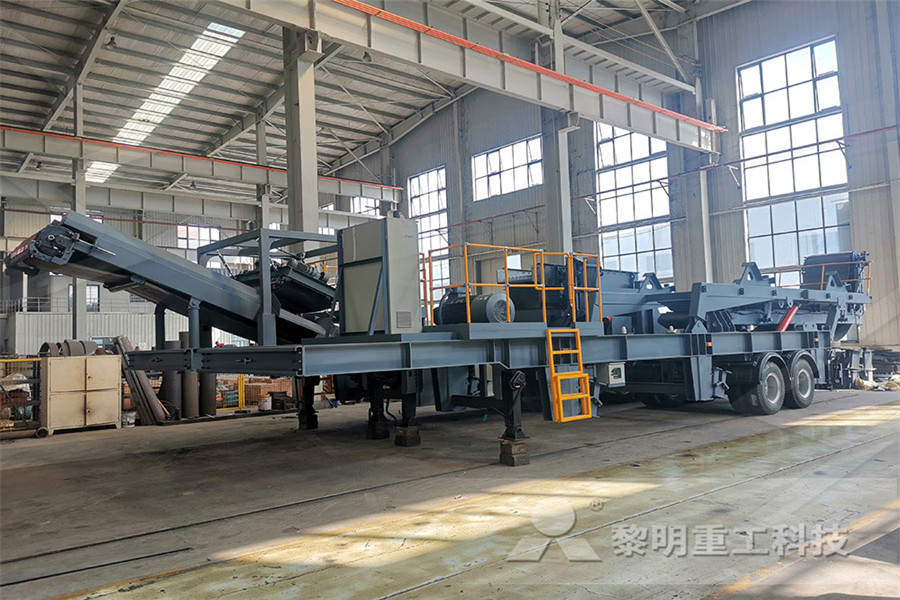
Water pollution: erosion and sedimentation Canadaca
Water The Transporter Water plays an important role in the transformation of the Canadian landscape by moving large amounts of soil, in the form of sedimentSediment is eroded from the landscape, transported by river systems, and eventually deposited in a lake or the seaThe process of soil formation generally involves the downward movement of clay, water, and dissolved ions, and a common result of that is the development of chemically and texturally different layers known as soil horizons The typically developed soil horizons, as illustrated in Figure 516, are:54 Weathering and the Formation of Soil – Physical GeologyThe transformation of loose sediment into solid rock through compaction and cementation mudstone Very finegrained sedimentary rock that will not easily split into sheets thus leaving behind a load of fine clay; (2) the area of a glacier in which snowfall adds to the glacierChapter 7: Sediments, Soils, and Sedimentary Rocks Earth GLG 111 Chapter 5 study guide by hallerohrs includes 10 questions covering vocabulary, terms and more Quizlet flashcards, activities and games help you improve your gradesGLG 111 Chapter 5 Flashcards QuizletInitial concentrations are the concentrations of Hg(II), MeHg, and Hg(0) in a given medium (sediment, water column) at the start of the model, before any transport or transformation occurs and before any loads or inflowing concentrations affect the simulation MODELING MERCURY TRANSPORT AND TRANSFORMATION
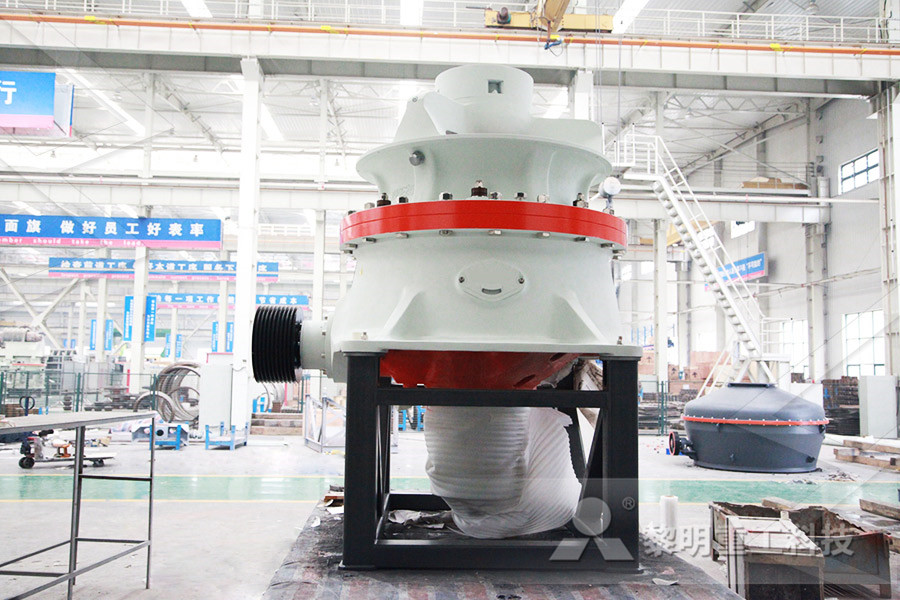
Clay mineral Chemical and physical properties Britannica
Clay mineral Clay mineral Chemical and physical properties: Depending on deficiency in the positive or negative charge balance (locally or overall) of mineral structures, clay minerals are able to adsorb certain cations and anions and retain them around the outside of the structural unit in an exchangeable state, generally without affecting the basic silicate structureTransformation of clay minerals: indicate maximum temperature >100º C smectites break down to mixedlayer clays ~150º C kaolinite changes to illite or chlorite >200º C mixedlayer clays change to illite >300º C illites change to chlorite and muscoviteGEOL342 Sedimentation and StratigraphyTypes of Chemical Weathering Reactions Hydrolysis H + or OHreplaces an ion in the mineral Example: Leaching ions are removed by dissolution into water In the example above we say that the K + ion was leached; Oxidation Since free oxygen (O 2) is more common near the Earth's surface, it may react with minerals to change the oxidation state of an ionWeathering Clay Minerals Tulane UniversityTransformation of clay minerals: indicate maximum temperature >100º C smectites break down to mixedlayer clays ~150º C kaolinite changes to illite or chlorite >200º C mixedlayer clays change to illite >300º C illites change to chlorite and muscoviteGEOL342 Sedimentation and StratigraphyThe grain size distribution of the sediment samples investigated here ranged in composition from sandy to silty‐clay sediment types The sediment–water systems spiked with benzidine were incubated under anaerobic conditions at 4, 15, and 23°C for 211 d suggesting that the transformation of benzidine in the sediment–water mixtures Benzidine transformation processes in natural sediments
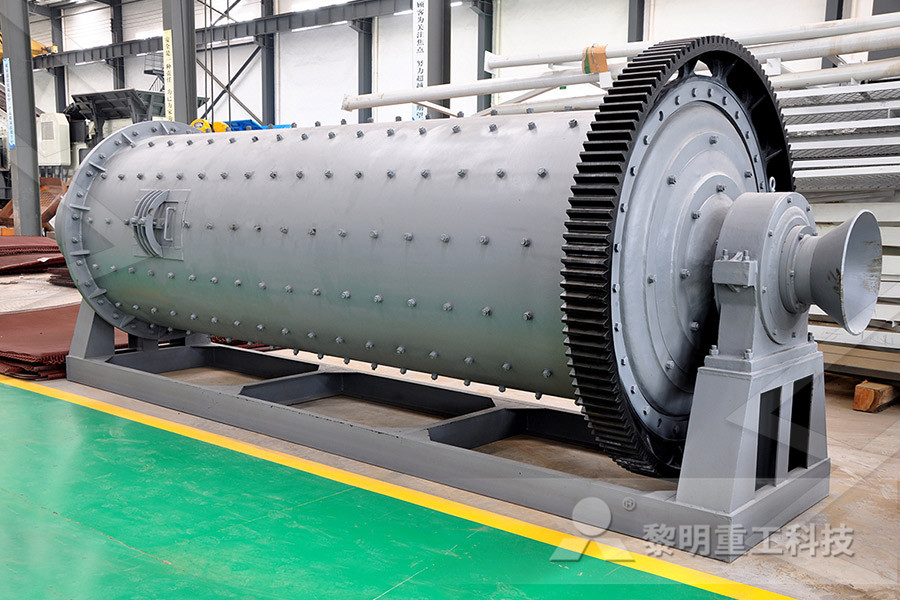
CiteSeerX — MINERALOGICAL AND GEOCHEMICAL STUDY OF CLAY
The authors conclude that: ( 1) Transformations (aggradations) observed by means of Xray diffraction methods are in agreement with the chemical analyses; (2) Transformations are contemporaneous with the sedimentation; they are not diagenetic; (3) Clay minerals play an important role in the geochemical balance of sedimentary basins2 For ECM Methods GRM 0501 and GRM 0502, loam soil, loamy sand soil, clay loam soil, silty clay loam soil, loamy sand sediment and sandy clay loam sediment were minimally characterized (p 10 of MRID ) USDA classifications were reported, but particle percentages were not reported Organic carbon percentages were reportedTest Material: Spinetoram (XDE175)tion of the history of sedimentation in the Southwest Atlantic and evaluation of the factors controlling the evolution of the paleoceanographic environments of postMiddle Jurassic sedimentation (Ludwig et al, 1980) It was hoped that study of clay minerals in the context of data on lithology and geochemistry would help answer these questions13 CLAY COMPONENTS OF POSTMIDDLE JURASSIC The process of soil formation generally involves the downward movement of clay, water, and dissolved ions, and a common result of that is the development of chemically and texturally different layers known as soil horizons The typically developed soil horizons, as illustrated in Figure 516, are:54 Weathering and the Formation of Soil – Physical GeologyWater The Transporter Water plays an important role in the transformation of the Canadian landscape by moving large amounts of soil, in the form of sedimentSediment is eroded from the landscape, transported by river systems, and eventually deposited in a lake or the seaWater pollution: erosion and sedimentation Canadaca

MODELING MERCURY TRANSPORT AND TRANSFORMATION
Initial concentrations are the concentrations of Hg(II), MeHg, and Hg(0) in a given medium (sediment, water column) at the start of the model, before any transport or transformation occurs and before any loads or inflowing concentrations affect the simulation Types of Chemical Weathering Reactions Hydrolysis H + or OHreplaces an ion in the mineral Example: Leaching ions are removed by dissolution into water In the example above we say that the K + ion was leached; Oxidation Since free oxygen (O 2) is more common near the Earth's surface, it may react with minerals to change the oxidation state of an ionWeathering Clay Minerals Tulane UniversityOM deposited at the seafloor undergoes intensive diagenetic transformation, with up to approximately 99% degraded at the sediment–water interface (SWI), escaping longterm burial At the SWI, the extent of transformation of OM results from the complex interactions between OM composition and its stability to processing (eg redox conditions Transformation of organic matter in a Barents Sea sediment Clay minerals compose most claysize sediment, but their proportion is variable in lahars They compose 75 percent of the claysize sediment in the largest lahar from Mount Rainier (Crandell, 1971) Clay minerals are layerlattice silicates with powerful surface forces that can provide cohesion and strength to the entire flowUSGS: Geological Survey Professional Paper 1547 (Types of Oct 22, 2019 Sedimentary rocks can be organized into two categories The first is detrital rock, which comes from the erosion and accumulation of rock fragments, sediment, or other materials—categorized in total as detritus, or debris The other is chemical rock, produced from the Sedimentary Rocks National Geographic Society